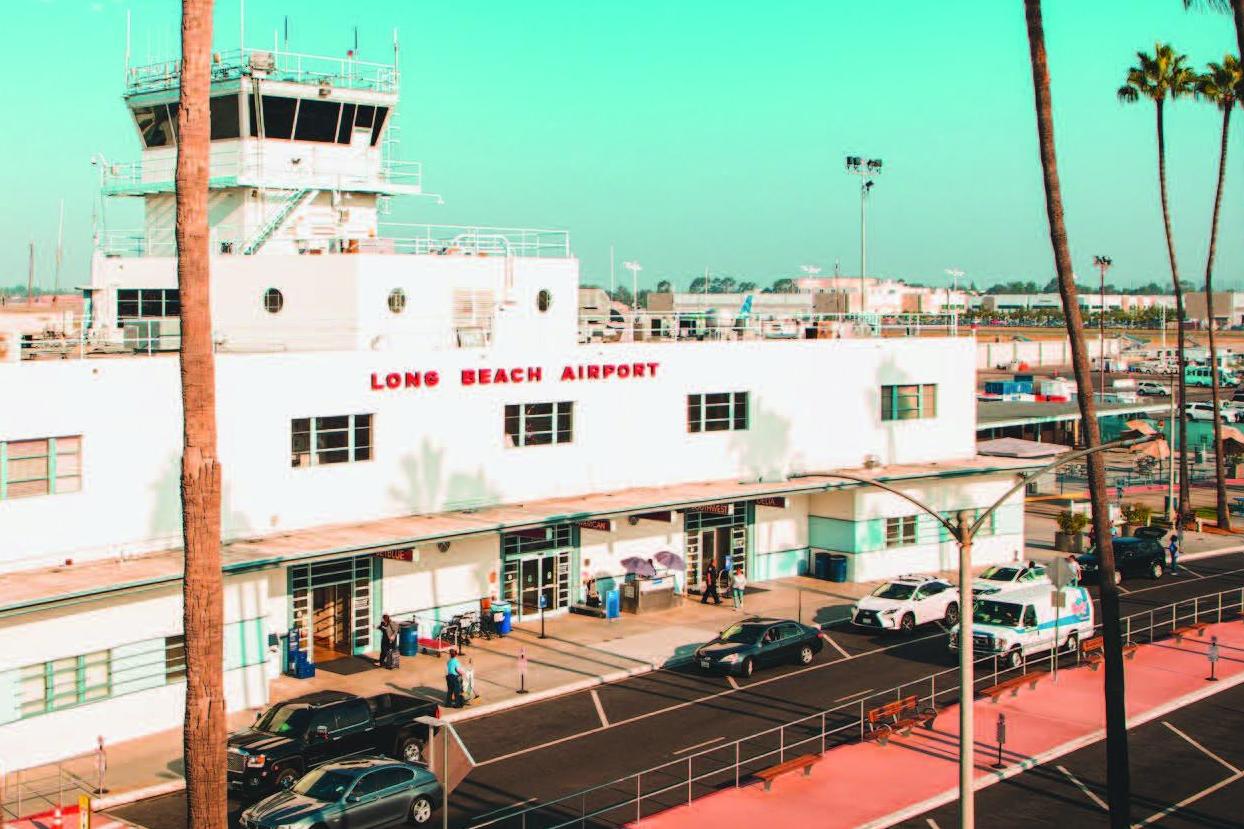Coronavirus: Why airlines abandoning smaller airports is bad for travellers
Plane Talk: If you have no connections to make, the secondary airport experience is far smoother and less crowded

Your support helps us to tell the story
From reproductive rights to climate change to Big Tech, The Independent is on the ground when the story is developing. Whether it's investigating the financials of Elon Musk's pro-Trump PAC or producing our latest documentary, 'The A Word', which shines a light on the American women fighting for reproductive rights, we know how important it is to parse out the facts from the messaging.
At such a critical moment in US history, we need reporters on the ground. Your donation allows us to keep sending journalists to speak to both sides of the story.
The Independent is trusted by Americans across the entire political spectrum. And unlike many other quality news outlets, we choose not to lock Americans out of our reporting and analysis with paywalls. We believe quality journalism should be available to everyone, paid for by those who can afford it.
Your support makes all the difference.The message from Delta Airlines sounded innocuous enough. “Delta has temporarily consolidated operations in some markets served by multiple airports.”
At a time when carriers around the world are cutting jobs in multiples of 1,000, and the UK government seems fixated on twisting the knife with its quarantine plan, a bit of temporary consolidation sounds almost benign.
But what the world’s biggest airline (at least by revenue to January this year) is doing, along with many other carriers, is cutting back on secondary airports.
For many frequent flyers, that is one more reason why the “new normal” will be much less appealing than the best of flying years, 2019.
Up to October 1955, the busiest airport in America was Chicago Midway. By November, that title had switched across the Illinois city to O’Hare.
For a couple of decades, Midway languished unloved and disconnected. But as O’Hare increased in size and complexity, budget airlines realised that Midway had its own appeal.
If you simply want to access the third-biggest city in the US (after New York and Los Angeles), rather than make a connection, the airport experience is far smoother and less crowded.
Midway even has its own Metro station. I urge you to check it out on your next visit to the Windy City, but not on Delta – which is dropping Midway, along with two LA-area airports, Burbank and Long Beach.
I was lucky enough to fly into the airport endearingly coded LGB in February. At an airport that looks like a 1950s film set, I made it from plane to rental car desk in two minutes flat, and was driving away two minutes after that.
Staying in California, I have long preferred Oakland over San Francisco International. It has its own BART station for easy access to downtown. And fares to and from tend to be lower – a benefit of many secondary airports, forced to compete with their bigger siblings on price.
That was what tempted first Norwegian and then British Airways to serve Fort Lauderdale as an alternative to Miami. As a gateway to anywhere in southern Florida, I would take FLL every time – but both airlines abandoned it for “real” Miami, just as they forsook Oakland.
“Secondary” often means many miles away, as Ryanair’s first venture into Germany proved. Frankfurt Hahn is really handy for Luxembourg and the Moselle Valley, but less so for the European finance hub. The first time I travelled there, 90 minutes after the connecting bus left we reached Frankfurt – not the city itself, but the main airport.
Girona is a fine Catalan city, but despite the marketing efforts of Europe’s biggest budget airline it is nowhere near Barcelona. And if you fly on Ryanair into Prestwick in Ayrshire, you will find yourself passing close to Glasgow airport about 15 minutes before arriving in Scotland’s largest city.
A similar pattern emerges with “Brussels South” (Charleroi) and Ryanair’s Parisian pretenders – both hours away from the French capital.
Sometimes, though, secondary is closer. Rome’s main gateway, Fiumicino, is more than twice as far away as smaller-scale Ciampino, while British Airways has just dropped the most convenient Moscow airport, Sheremetyevo, to concentrate efforts on the bigger but more distant Domodedovo.
In time, airlines will have second thoughts about secondary airports and return to them. Meanwhile, the world’s biggest alternative hub, Gatwick is having the most miserable of times.
LGW is the only secondary in Europe’s top 10 – or at least it was until March this year. By April, the latest Civil Aviation Authority figures have revealed, operations had reduced by 99 per cent. Virgin Atlantic is abandoning its Sussex roots, while British Airways is at best seriously downsizing.
Gatwick airport’s main link in that dismal month: Minsk.
When your top-performing route is to and from Belarus, you know you are in trouble. But at least it is to and from the primary airport in the former Soviet republic.
Join our commenting forum
Join thought-provoking conversations, follow other Independent readers and see their replies
Comments